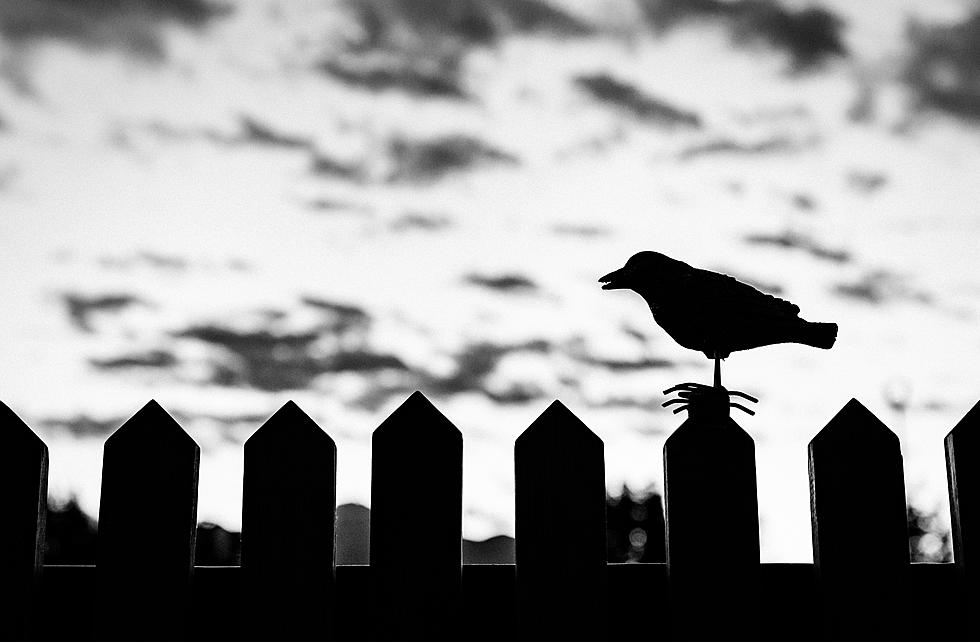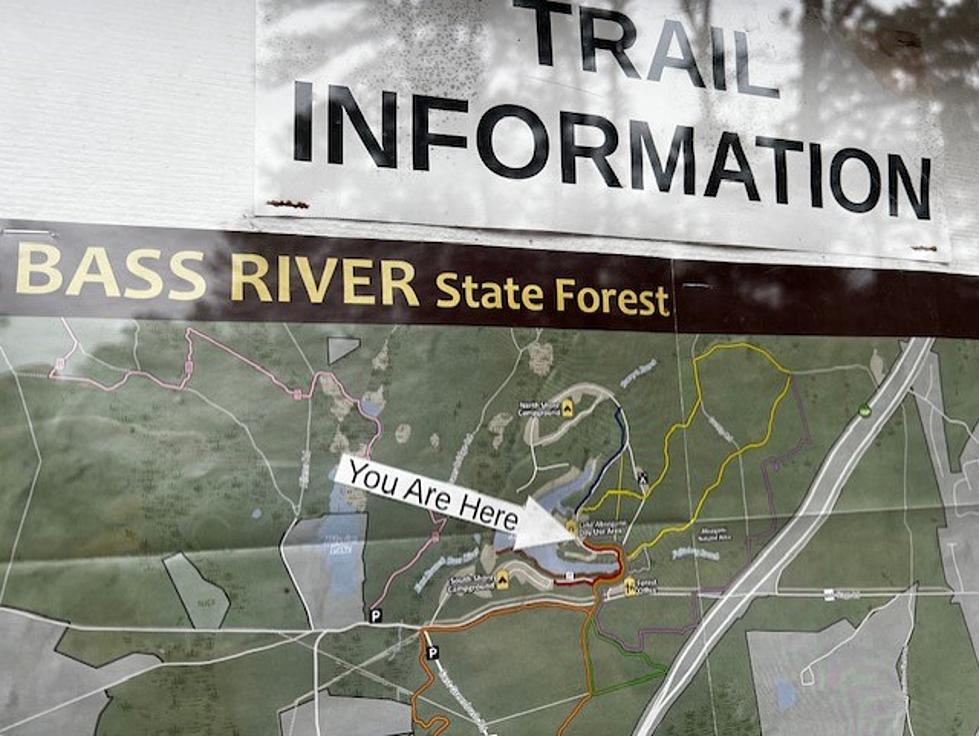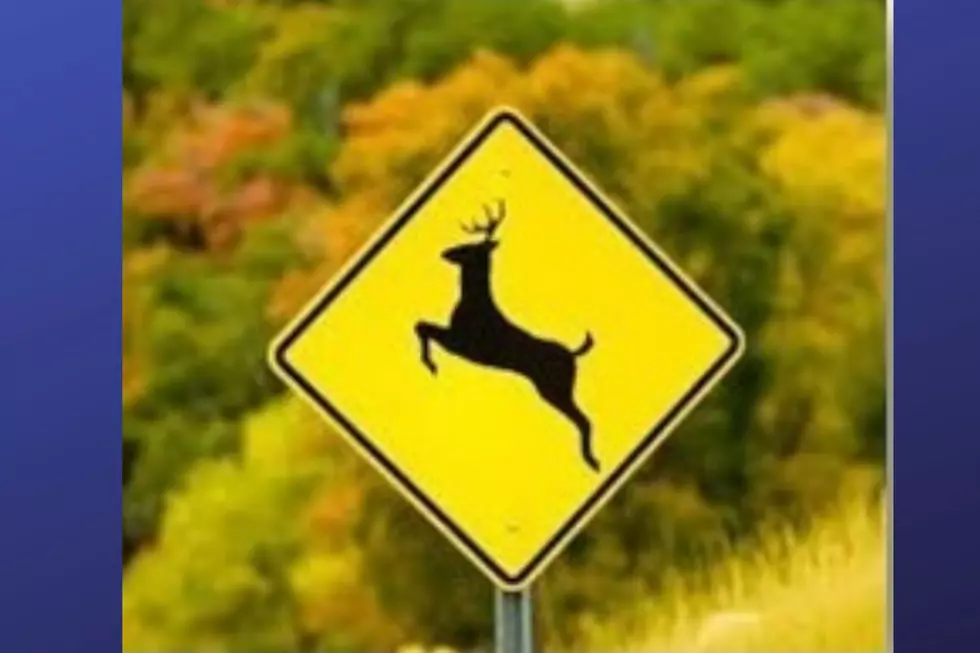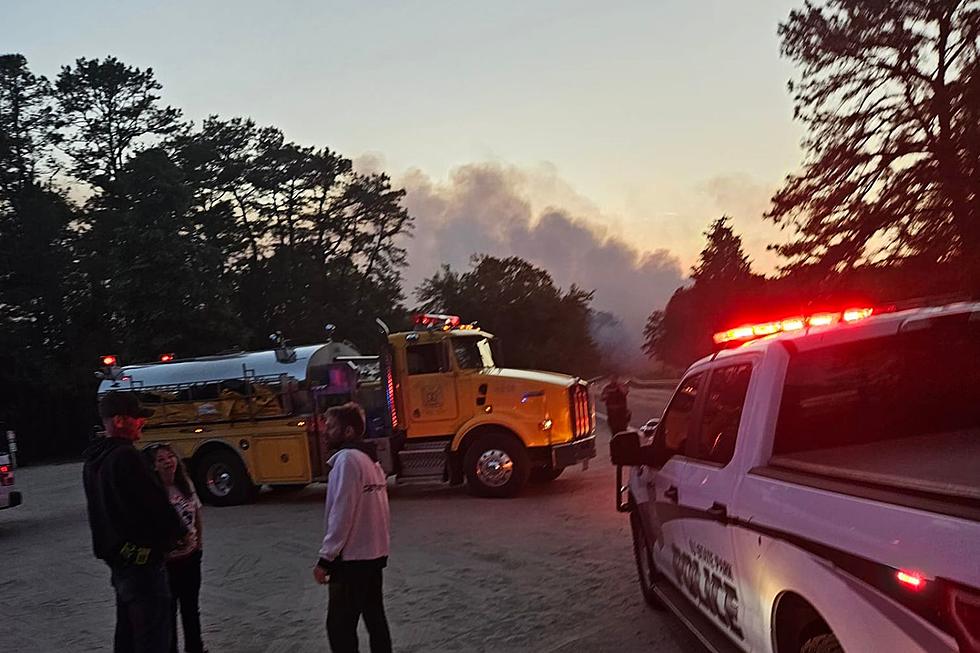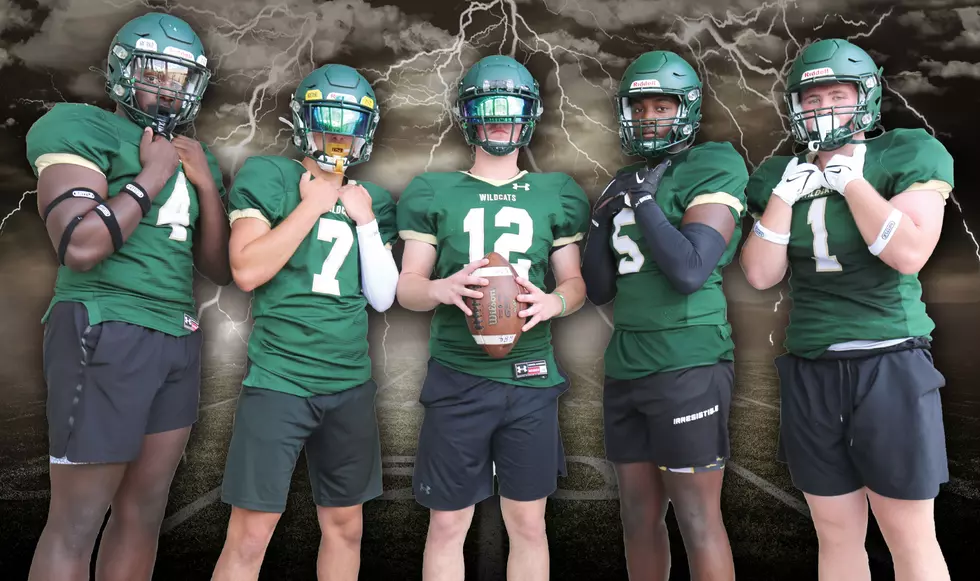
Smoke in the air? How to tell if it’s a budding wildfire, and what to do
If you see a sizeable plume of smoke rising from the Pinelands, or another forested area in New Jersey, from this point through the end of March, it might well be a prescribed burn by the New Jersey Forest Fire Service. And now, a quick visit to the agency on Facebook can tell you right away whether it's theirs, or it's trouble.
The agency plans to post prescribed burn information on FB in a timely manner, so that residents aren't caught unaware. To report an actual forest fire, or if you're just not sure of the status, call 911 or 1-877-WARN-DEP (877-927-6337).
To learn where and when prescribed burns are scheduled by phone, call the New Jersey Department of Environmental Protection (DEP), 609-292-2977.
Prescribed burns take place in late winter, to clear dry underbrush that can turn an errant spark into a wildfire - usually on clear days with very low wind.
Forest Fire Service Chief Bill Edwards said, "These burns are conducted only under exacting conditions by highly trained personnel. By burning them away now, we can reduce the risk of these materials serving as tinder for wildfires later in the year. This practice also improves the overall ecological health of our forests and grasslands."
Using hand-held torches, Forest Fire Service staffers burn fallen leaves, branches and organic debris on the forest floor, keeping the flames below the canopy and minimizing damage to mature trees. This year, they expect to cover 10,000 to 20,000 acres, mostly in state-owned parks, forests and wildlife management areas.
Roads near prescribed burn sites are marked for drivers, who are urged to keep within reduced speed limits and to be alert for trucks and personnel.
In our region, officials said, prime time for wildfires extends from late March through late Spring, when dry spells are more frequent and trees and bushes have not yet developed leaves, exposing the undergrowth to sun and wind.
The close attention afforded the Pinelands has paid off in minimal wildfire activity since the 2006 conflagration that took out more than 22,000 acres.
At the time, forest fire officials estimated the cycle of major fires in thie Pinelands to be about every seven years. Their burn schedule, and great care among campers and others who venture into the preserved growth, have allowed the timeline to practically double.
According to state officials, 75 percent of the 1,065 wildfires that drew response in 2016 were a quarter of an acre in size, or smaller. The largest was 464 acres in Burlington County, in Bass River State Forest.
If you live near woodlands and haven't taken steps to clear a perimeter around your dwelling, learn how, and get more useful information, at the NJ Wildfire page.
Find out about New Jersey's forest resource assessment and strategies in the New Jersey DEP Parks and Forests portal.
More From 92.7 WOBM
